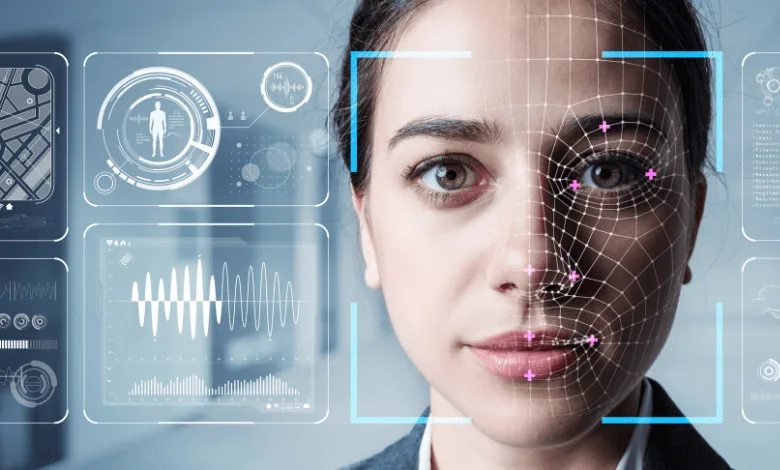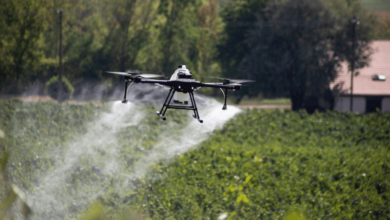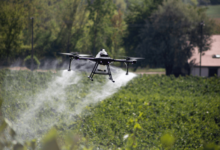The Innovation of Physical Security: From Locks to Biometrics

The physical security industry continues to evolve today. At one time, people were thrilled to have simple locks and keys as they knew these devices prevented access to their loved ones and assets. Today, however, innovative biometric technologies appear to be taking over the world. They make securing items, including sensitive information, easier than ever. What are some of the major advancements in this industry, and what might people expect to see in the future?
Locks and Keys
Locks and keys were the preferred way to secure physical spaces for millennia. Many people aren’t aware that there were locks in Ancient Egypt. Individuals back then would use wooden pin tumbler locks to prevent unauthorized access to their belongings, never imagining at the time they would need the services of a company like Genetec Security Center to protect their assets.
As time passed, inventors recognized metal and intricate mechanisms would increase security, so they began making locks and keys using these materials. During the Industrial Era, manufacturers started mass-producing these devices and more people could afford them.
The Move to Electronic Systems
While locks and keys remain in use today, many people are moving to electronic systems. It wasn’t until electricity was widely available that this became an option. However, once more people were connected to the electric grid, electronic access control systems weren’t far behind. These systems prevent unauthorized access to secure areas. A person may only access the area using a keypad or magnetic card.
With the use of these electronic access control systems, security increases and it is easier to protect people and goods. These systems also allow for real-time monitoring of premises. Initially, the systems were fairly basic. Today, they may include motion detectors, closed-circuit televisions, and other devices to provide a comprehensive security solution.
The Future is Biometrics
While electronic systems offer numerous benefits, it appears biometrics are the future. These systems use specific physiological or behavioral characteristics unique to that individual to identify and authenticate a person. These characteristics might be the person’s fingerprints, facial features, or voice recognition. As technology evolves, developers might find other ways to identify a person using one of these characteristics.
Many people prefer to use biometric systems because they offer higher security. Criminals cannot easily duplicate or share the characteristics, so the risk of unauthorized access decreases. Movies and books often describe scenarios when criminals might cut a person’s finger off to use it for this purpose or something of that nature. The odds of that happening in real life are very small, so companies feel secure when they invest in one of these systems.
As with two-factor authentication, companies can invest in multimodal biometrics for increased accuracy and reliability. These systems might require iris scanning and fingerprint authentication before allowing access, for example. Biometric systems easily integrate with other security technologies for a comprehensive and robust security solution that can be customized to meet the client’s needs.
However, these systems come with some privacy and ethical considerations. Biometrics are personal and permanent. Before using them, a company must implement strict measures to ensure they are stored and handled properly. Furthermore, companies must have a person’s consent to use these biometrics and be transparent when it comes to how they are used. Doing so will increase public trust while ensuring the responsible adoption of these technologies.
Physical security has evolved over the centuries and people desire enhanced security and protection. Nobody knows what the future will hold when it comes to this security. However, the goal must always be to find the right balance between privacy and security. Without that balance, people will hesitate to embrace the technology and sacrifice increased security because of this.
Before you go, be sure to check out these related articles for further insights!






